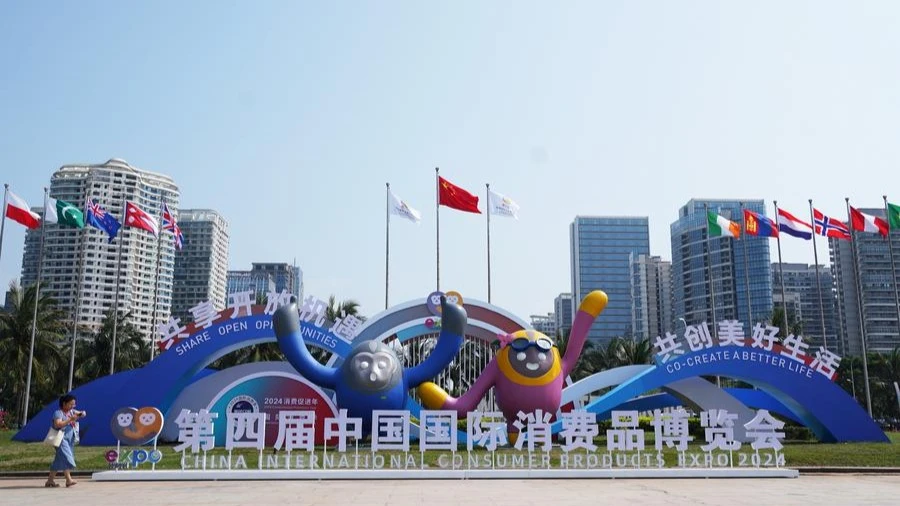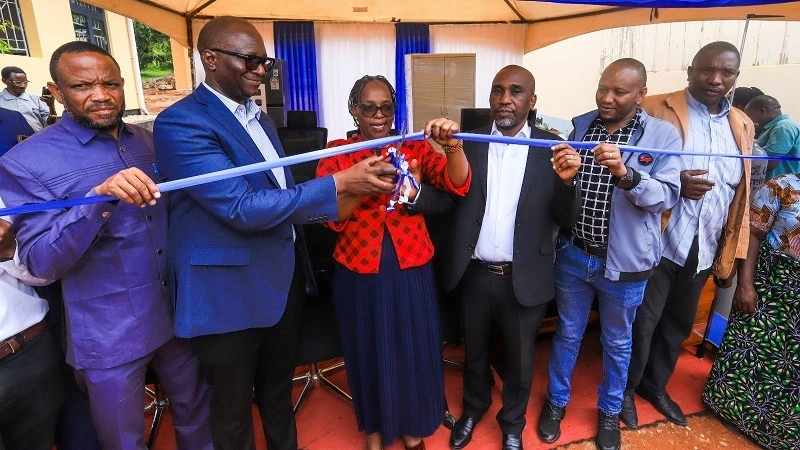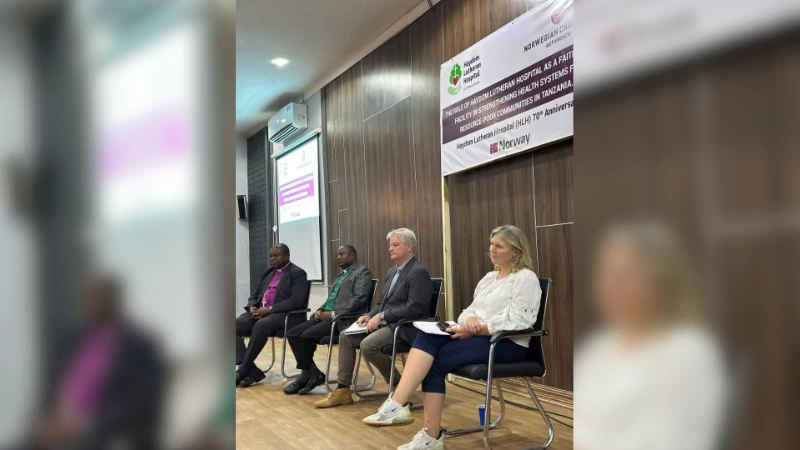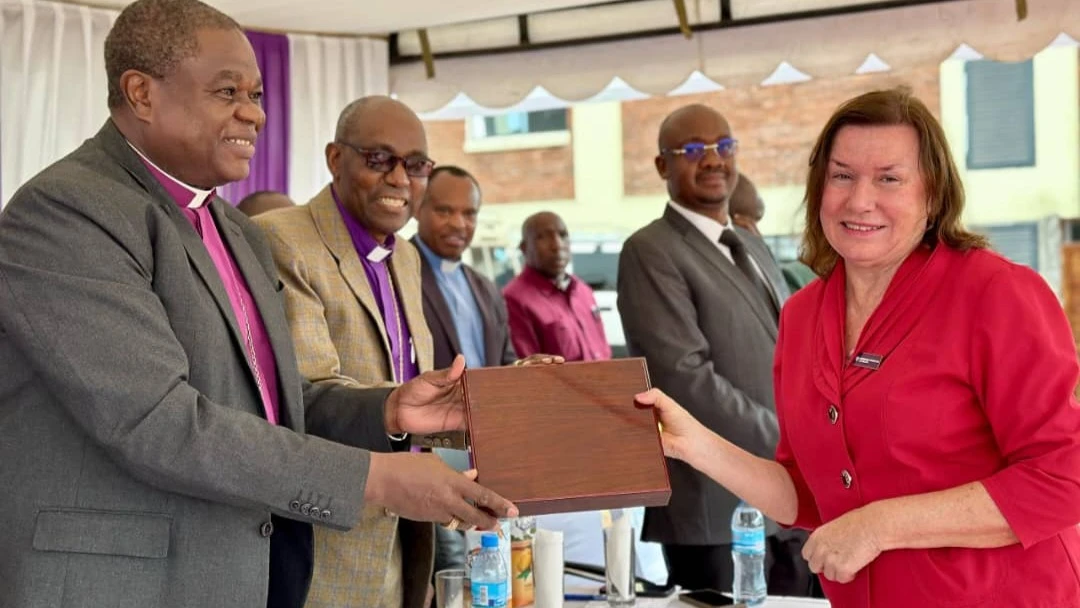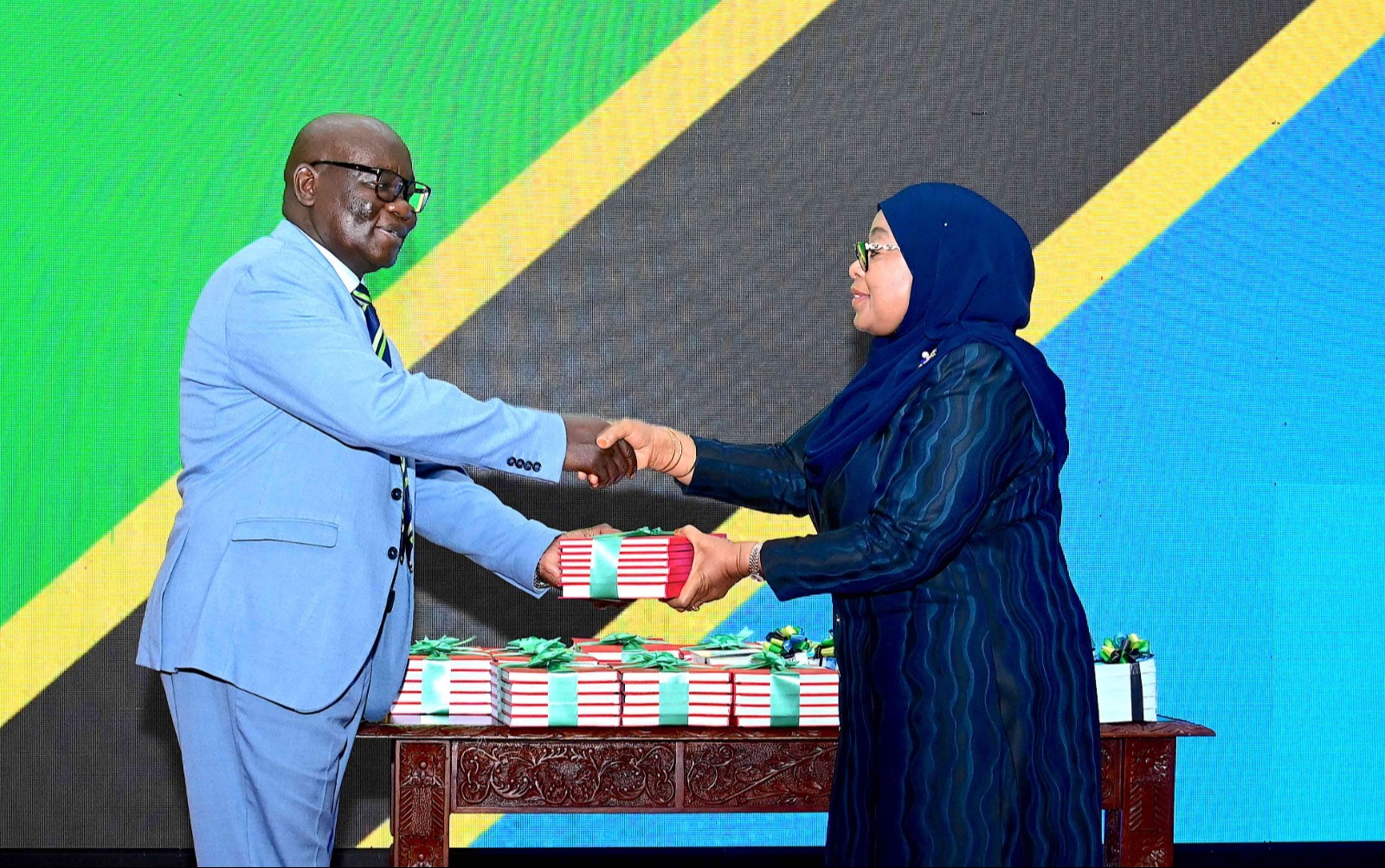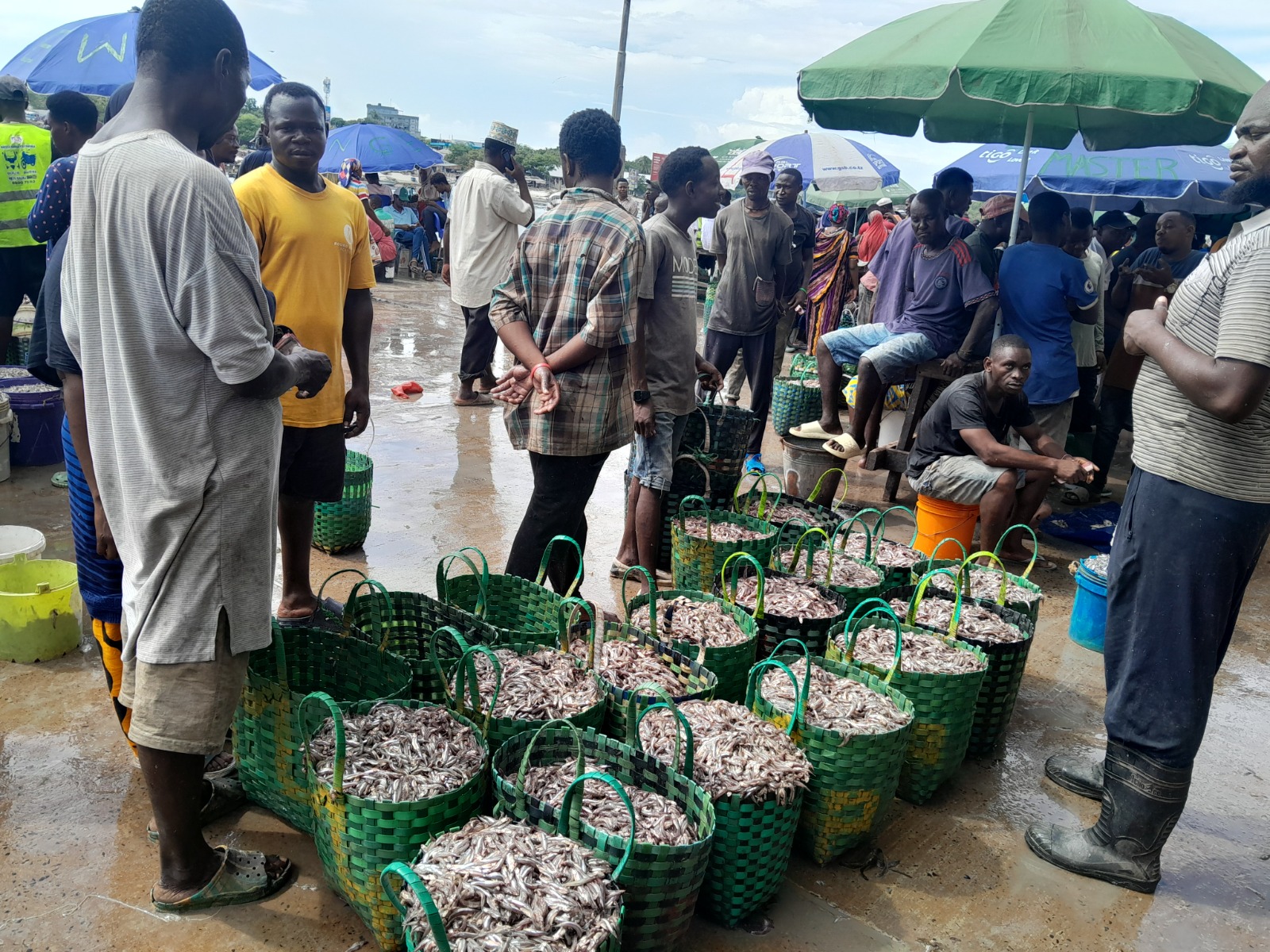Nutrition stakeholders talk challenges, opportunities in fortified flour solution
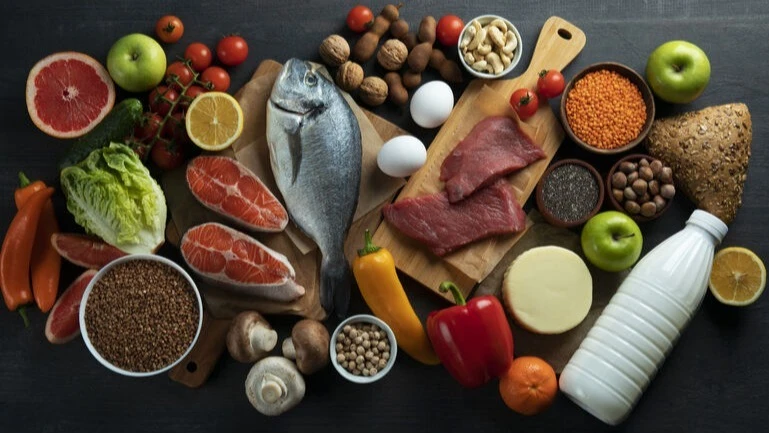
NUTRITION stakeholders in Tanzania recently gathered to discuss challenges and opportunities in implementing fortified flour programme particularly for small and medium-sized enterprises (SMEs).
The initiative aims to provide nutrient-rich food to combat malnutrition, especially among children under five. Speaking here recently, Achard Ngemela from the Global Alliance for Improved Nutrition (GAIN) said that the new 2024 Food Fortification Regulation (FFR) includes small and medium-scale processors and requires them to fortify flour before it reaches the market.
“The major challenge for the processors is lack of capital and fortification inputs such as dosifiers and premix,” he said. However, through GAIN project, some producers have received support to obtain fortification inputs that were previously hard to import.
Dosifiers are precision machines used in food fortification to accurately add micronutrient premixes like vitamins and minerals to products such as flour. Premix is a blend of essential micronutrients added to food during processing to combat malnutrition.
Ngemela emphasized that small and medium-scale processors contribute over 65 percent of maize flour production in Tanzania, with 63 percent of the population relying on this flour for daily food intake. Ensuring that these products meet the required vitamin and mineral levels is crucial.
SME Maize Flour Project (SMEMFF) is being implemented in Kagera, Mara, Kilimanjaro, Manyara, and Iringa regions which have high malnutrition rates among children under five.
In collaboration with various stakeholders, the project has established Millers’ Associations (MAs) in all participating regions, conducting education campaigns to improve public perception of fortified foods.
Bonaventure Mallya, Chairperson of Mara Region Millers’ Association, noted that public awareness on the importance of fortified flour was initially low. However, education campaigns have improved understanding and acceptance of fortified maize flour.
“Challenges remain in primary schools as the government has focused more on fortified foods in secondary schools,” he said.Festo Kapela, Senior Trade Officer at the Ministry of Industry and Trade, stated that GAIN project will conclude in June this year. However, the government will continue collaborating with stakeholders to ensure fortification technology remains accessible.
“We’ve partnered with the Small Industries Development Organisation (SIDO) to support small and medium processors in acquiring fortification technology,” he said.
He also emphasized that the government ensures all fortified food products meet the Tanzania Bureau of Standards (TBS) requirements to protect public health and encouraged SMEs to capitalize on the African Continental Free Trade Area (AfCFTA) to export their products.
“The government has ratified AfCFTA agreement, so we encourage producers to meet international standards to tap into this vast market,” Kapela added.
The meeting offered valuable insights for nutrition stakeholders and flour processors as they continue working to improve community nutrition.
Top Headlines
© 2025 IPPMEDIA.COM. ALL RIGHTS RESERVED





